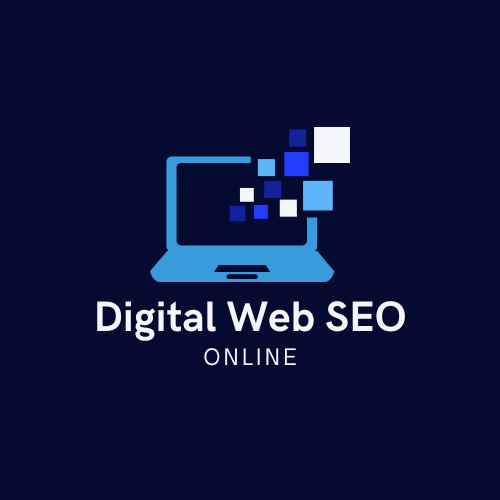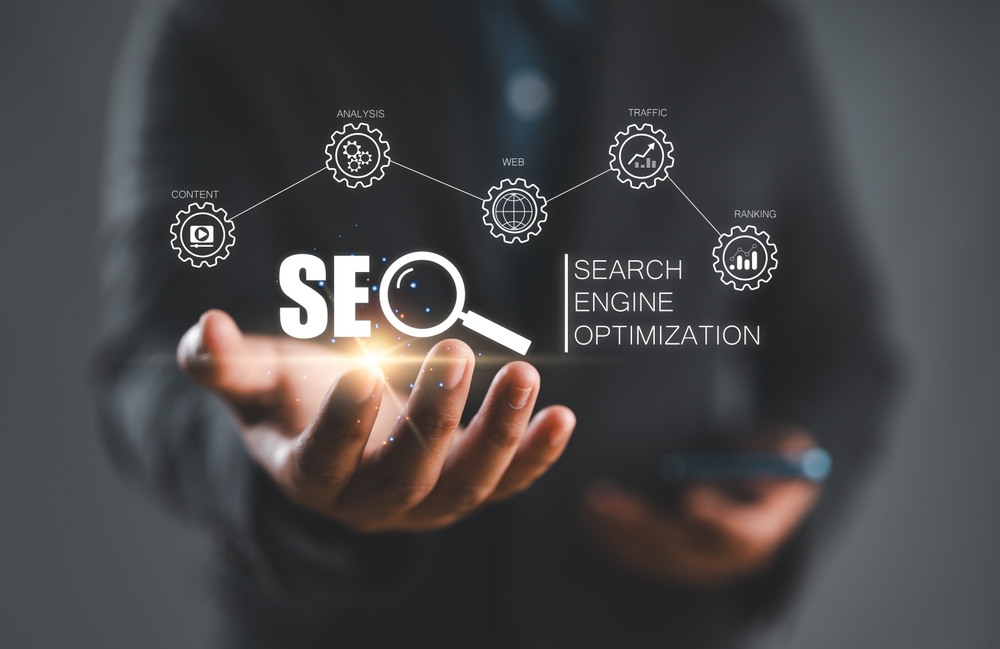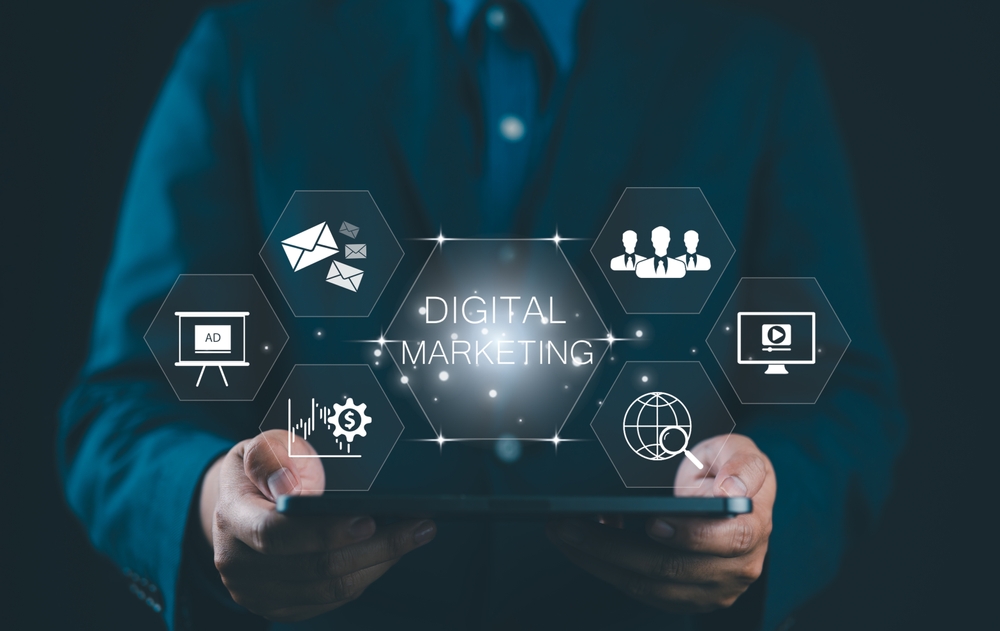The digital landscape is in a constant state of evolution, with web development and Search Engine Optimization (SEO) at its forefront. As we approach 2025, several emerging trends are poised to redefine how businesses establish their online presence and engage with audiences. This comprehensive exploration delves into the future of digital web development and SEO, highlighting key innovations and strategies that will shape the industry.
Progressive Web Apps (PWAs): Bridging Web and Mobile Experiences
Progressive Web Apps (PWAs) have gained significant traction, offering users a seamless experience that combines the best of web and mobile applications. PWAs load quickly, function offline, and provide an app-like interface, enhancing user engagement and satisfaction. Companies like Starbucks, Uber, and Twitter have successfully implemented PWAs to improve user experience and increase engagement.
Artificial Intelligence (AI) and Machine Learning: Revolutionizing SEO and Content Creation
Artificial Intelligence (AI) and machine learning are transforming SEO by enabling more efficient and user-centric approaches. These technologies enhance search accuracy, optimize content creation, and allow businesses to focus on user intent. AI-driven tools can analyze user behavior, predict trends, and automate routine tasks, allowing marketers to develop more effective strategies.
Voice Search Optimization: Adapting to Conversational Queries
The increasing use of voice-activated assistants like Siri, Alexa, and Google Assistant has made voice search optimization a critical aspect of SEO. Brands need to optimize for natural language queries, focusing on conversational phrases and questions. This shift demands a change in content creation, emphasizing natural language and long-tail keywords to match user queries more accurately.
Accelerated Mobile Pages (AMP): Enhancing Mobile Performance
Accelerated Mobile Pages (AMP) technology is designed to improve the performance of web content on mobile devices. By enabling faster loading times and a smoother user experience, AMP contributes to higher engagement and better SEO rankings. As mobile internet usage continues to rise, implementing AMP can be a significant advantage for businesses aiming to reach mobile audiences effectively.
Single-Page Applications (SPAs): Streamlining User Interaction
Single-Page Applications (SPAs) load a single HTML page and dynamically update content as users interact with the app. This approach provides a more fluid and responsive user experience, similar to desktop applications. SPAs can lead to increased user engagement and satisfaction, which are essential factors for SEO performance.
Motion UI: Enhancing User Engagement Through Interactive Design
Motion UI involves the use of animations and transitions to improve user interaction and engagement. By providing visual feedback and guiding users through a website, motion UI can enhance the overall user experience, leading to longer site visits and improved SEO metrics.
Serverless Architecture: Simplifying Deployment and Scaling
Serverless architecture allows developers to build and run applications without managing server infrastructure. This approach offers scalability, cost-effectiveness, and faster time-to-market, enabling businesses to focus on development and innovation. By reducing the complexity of server management, serverless architecture can lead to more efficient and reliable web applications.
Responsive Web Design (RWD): Ensuring Accessibility Across Devices
Responsive Web Design (RWD) ensures that websites function seamlessly across various devices and screen sizes. With the increasing diversity of devices used to access the internet, RWD is essential for providing a consistent user experience. A responsive design can lead to higher user satisfaction and better SEO performance, as search engines prioritize mobile-friendly websites.
Web Accessibility and Inclusive Design: Reaching a Wider Audience
Web accessibility involves designing websites that are usable by people with various disabilities. Inclusive design ensures that all users, regardless of their abilities, can access and interact with web content. Implementing accessibility features not only broadens your audience but also enhances SEO, as search engines favor accessible websites.
Dark Mode Standardization: Catering to User Preferences
Dark mode has become increasingly popular, offering a darker color scheme that reduces eye strain and conserves device battery life. Standardizing dark mode in web design caters to user preferences and can enhance user experience. Providing options for both light and dark modes can lead to increased user satisfaction and engagement.
AI Chatbots: Enhancing Customer Interaction
AI-powered chatbots provide real-time assistance to users, improving customer service and engagement. By handling routine inquiries and guiding users through a website, chatbots can enhance user experience and contribute to better SEO performance. As AI technology advances, chatbots are becoming more sophisticated, offering personalized interactions that can lead to higher conversion rates.
Content Quality and Relevance: The Cornerstones of SEO
High-quality, relevant content remains a fundamental aspect of SEO. As search engines become more sophisticated, they prioritize content that provides value to users. Focusing on creating informative, engaging, and original content can lead to higher search rankings and increased organic traffic. Additionally, regularly updating content to reflect the latest information and trends can help maintain relevance and authority in your niche.
Visual Search: Leveraging Images for Enhanced User Experience
Visual search allows users to search using images rather than text, providing a more intuitive way to find information. Optimizing images with proper tags, descriptions, and high-quality visuals can enhance SEO and attract more traffic. As visual search technology improves, incorporating it into your SEO strategy can provide a competitive advantage.









